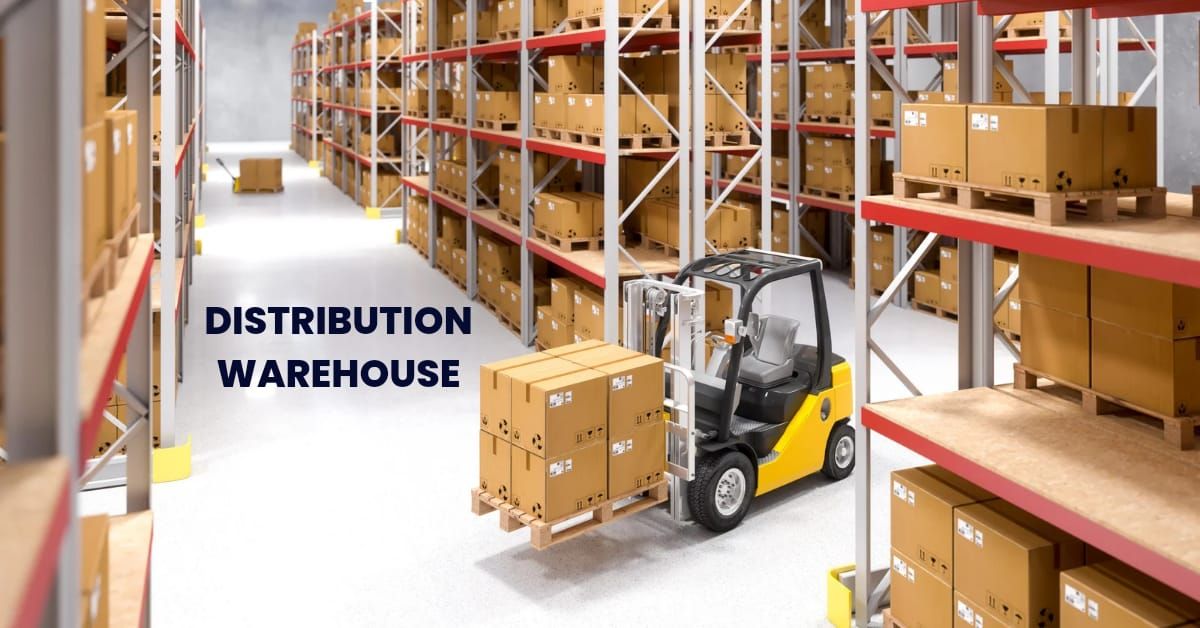Categories
Month: December 2023
Ensuring safety and protection of the shipment is of utmost importance in freight transportation industry. With the evolution of the industry, freight companies must continuously adapt their security measures to safeguard their cargo.
What is the role of a distribution warehouse?
Written by admin on . Posted in Latest Blog.
The warehousing and distribution services are the backbone of the modern supply chain. They play a significant role in ensuring the goods flow efficiently from manufacturer to consumers.
Custom kit assembly: Tailoring solutions to your unique business needs
Written by admin on . Posted in Latest Blog.
Custom kit assembly services are the ones offered by the third-party companies that involve taking the individual pieces of the product and packing them into a single grouping. The professional kitting and assembly service providers identify and package the parts of the products based on the requirements of their clients.
What is Vendor Managed Inventory (VMI)?
Written by admin on . Posted in Latest Blog.
It is a wholesale inventory management system where inventory is replaced for retailer or buyer without them having to initiate the purchase order. The inventory data is shared by buyer or retailer with the vendor and vendor determines order size, and frequency.
Knitting and Assembly: Two Different Worlds, One Common Goal
Written by admin on . Posted in Latest Blog.
Knitting and Assembly is the process that is fulfilled by 3PL service providers and includes compiling of individual parts of the product together into a “kit” and delivering it to the production-operation for shipment and assembly.




